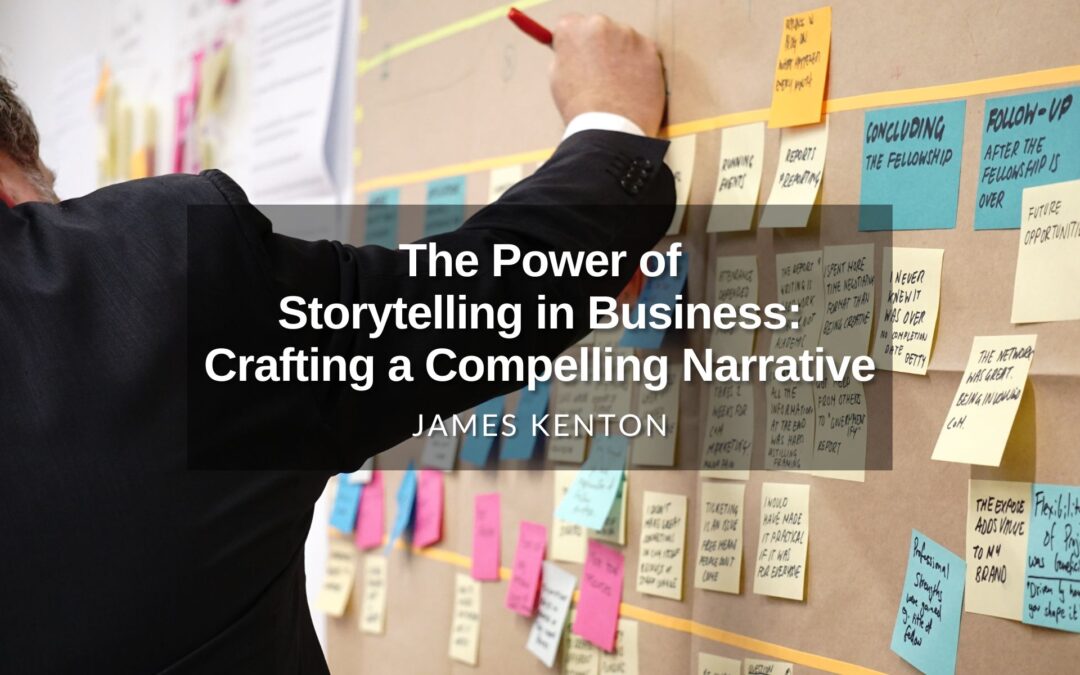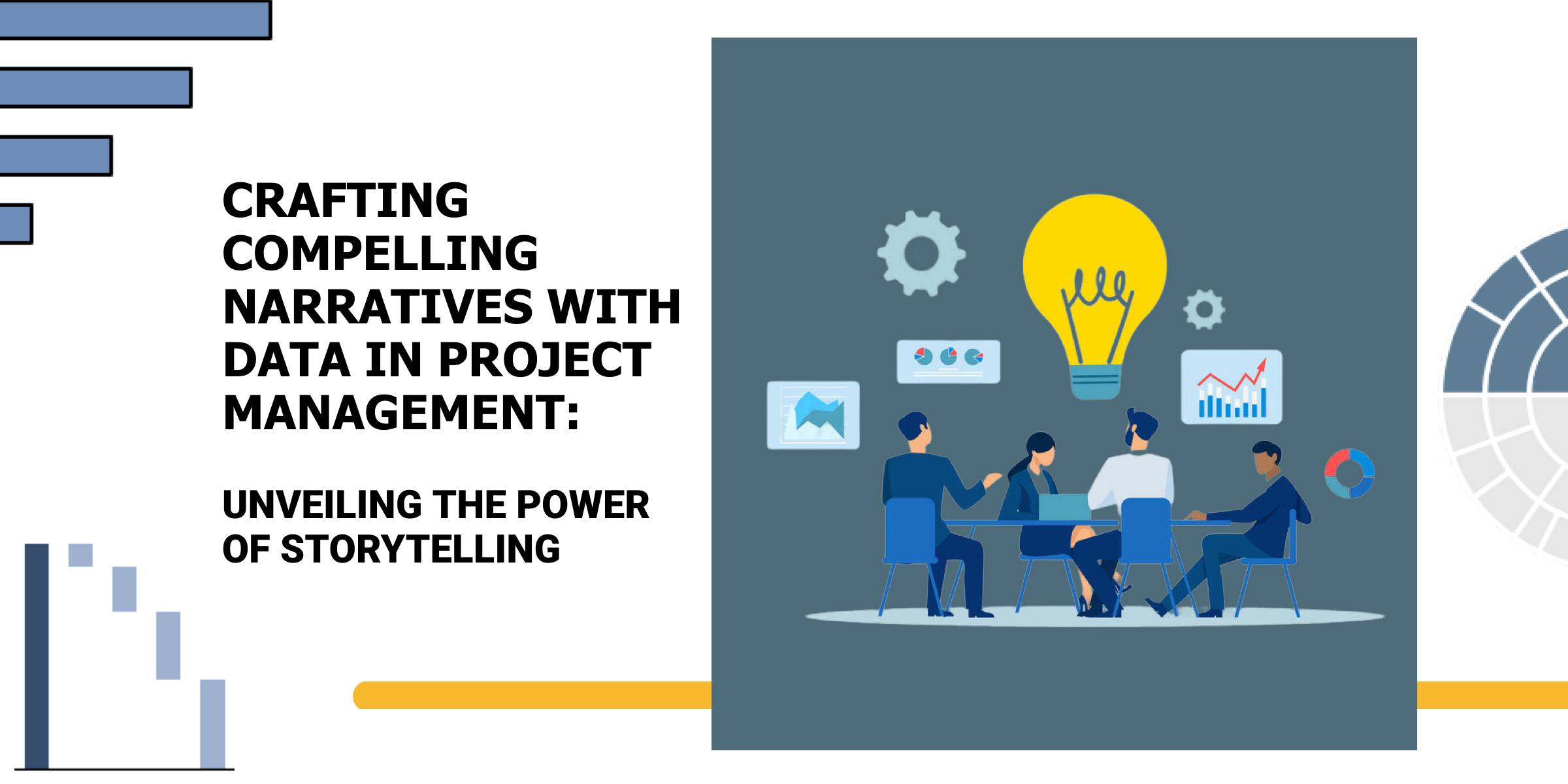Unlocking the Power of "Why": Crafting a Compelling Narrative for Your Product

As an interior design expert and architect, I’ve witnessed firsthand how the right design can transform a space, elevate a lifestyle, and create a truly unique experience. But the most impactful designs aren’t just about aesthetics; they’re about understanding the "why" behind the product. This "why" is the key to unlocking the true value for your customers and crafting a compelling narrative that resonates with them.
To help you identify the most important features and benefits to highlight for your ideal customer persona, let’s break down the process into three key phases:

Phase 1: Understanding Your Customer
Before we dive into features and benefits, we need to understand who we’re talking to. This involves defining your ideal customer persona, a fictional representation of your target audience.
Here’s how to create your ideal customer persona:

- Demographics: Age, gender, location, income, education, occupation.
- Psychographics: Lifestyle, values, interests, hobbies, aspirations, pain points, motivations.
- Behavioral: Online activity, shopping habits, media consumption, brand preferences.


Example:
Persona: The Modern Minimalist

- Demographics: 30-45 years old, urban dweller, high income, professional, college-educated.
- Psychographics: Values simplicity, functionality, and sustainability. Enjoys minimalist design, clean lines, and natural materials. Aspires to create a calm and peaceful home environment. Pain points include clutter, lack of space, and feeling overwhelmed by design choices.
- Behavioral: Active on social media, follows design blogs and influencers, shops online for home decor, prioritizes quality over quantity.



Phase 2: Identifying Key Features and Benefits
Once you understand your customer, you can identify the features and benefits that are most relevant to their needs and desires.
Features: What your product does. These are the tangible aspects of your product, such as its materials, functionality, and design.

Benefits: What your product does for the customer. These are the intangible outcomes that your product provides, such as convenience, comfort, style, or peace of mind.
Example:
Product: A smart home lighting system.

Features: Dimmable lights, voice control, app integration, energy efficiency, customizable color options.
Benefits: Creates a relaxing and inviting atmosphere, enhances safety and security, saves energy and money, provides convenience and control, allows for personalized expression.

Phase 3: Crafting a Compelling Narrative
Now that you have a clear understanding of your customer and the key features and benefits of your product, it’s time to weave them together into a compelling narrative.
Here are some tips for crafting a persuasive message:

- Focus on the "why": Explain how your product solves a specific problem or fulfills a specific need for your customer.
- Use storytelling: Engage your audience with relatable stories and personal anecdotes.
- Highlight the benefits: Don’t just list features; explain how those features translate into tangible benefits for the customer.
- Use strong visuals: High-quality images and videos can help to bring your product to life and create a lasting impression.
- Emphasize social proof: Testimonials, reviews, and case studies can build trust and credibility.
Example:
Headline: "Transform Your Home into a Sanctuary of Calm and Comfort."
Copy: "Are you tired of feeling overwhelmed by clutter and chaos in your home? Do you crave a space that’s both stylish and functional? Introducing our smart home lighting system, designed to create a relaxing and inviting atmosphere that you’ll love coming home to. With dimmable lights, voice control, and customizable color options, you can create the perfect ambiance for any mood or occasion. Plus, our system is energy efficient, saving you money and reducing your environmental impact. Say goodbye to stress and hello to a home that truly reflects your unique style."
Visuals: High-quality images of a beautifully designed home with the smart lighting system installed, showcasing its various features and benefits.
Call to action: "Visit our website to learn more and get a free consultation."
Remember: The key to effective product marketing is to understand your customer, identify their needs, and communicate the value of your product in a clear and compelling way. By focusing on the "why" behind your product and crafting a narrative that resonates with your target audience, you can create a powerful message that drives sales and builds lasting customer relationships.

